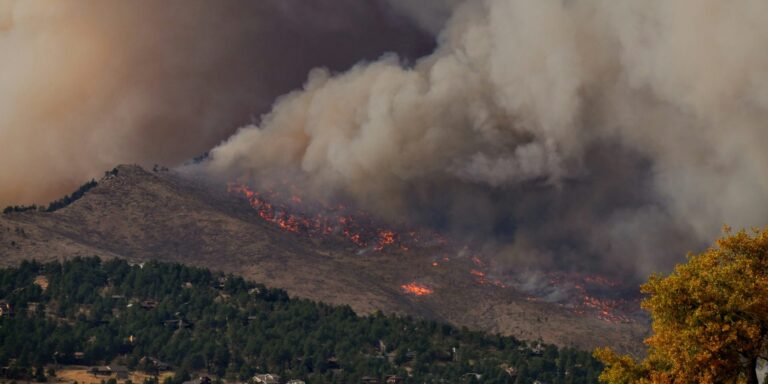As California braces for another wildfire season, Governor Gavin Newsom has introduced an ambitious statewide initiative aimed at mitigating the growing threat of wildfires. The new “Resilient California” program is designed to enhance the state’s preparedness for the upcoming season and beyond by reinforcing emergency response systems, increasing funding for fire prevention efforts, and investing in infrastructure upgrades to better equip communities to withstand the destructive power of wildfires.
This new initiative is a response to the catastrophic wildfire season of 2023, which saw an alarming number of acres consumed by flames and resulted in widespread devastation. The record-breaking fires not only led to a massive loss of property but also displaced tens of thousands of residents, leaving communities grappling with the aftermath. Governor Newsom’s announcement highlights the importance of a multi-tiered approach to wildfire management, underscoring that collaboration between local, state, and federal agencies is critical in reducing fire risks and ensuring the protection of vulnerable populations.
One of the central components of the “Resilient California” program is a significant increase in funding for vegetation management. Wildfires often thrive in areas where dry, overgrown vegetation provides ample fuel, and addressing this issue has long been a priority for fire experts. By investing in controlled burns, tree thinning, and other vegetation management techniques, California aims to reduce the likelihood of fires spreading uncontrollably, especially in areas that have been particularly hard-hit in recent years.
Along with vegetation management, Governor Newsom’s initiative also proposes stricter building codes designed to ensure that new and existing structures are more resistant to fire damage. These enhanced building codes will require fire-resistant materials and construction techniques to be incorporated into homes and other buildings, especially in fire-prone areas. Experts believe that these measures will play a critical role in reducing the number of structures lost to wildfires, which has been a major concern during past fire seasons.
In addition to infrastructure upgrades and prevention tactics, the “Resilient California” program aims to improve early warning systems to alert residents and first responders more effectively. A key challenge in past wildfire seasons has been the rapid spread of fires, which often leaves little time for evacuation and preparation. By enhancing communication systems and utilizing advanced technology, officials hope to give people more time to prepare and evacuate safely, thus reducing the risk of injury and loss of life.
Another important focus of the initiative is providing long-term support for communities affected by wildfires. This includes both physical and mental health resources to assist those who have lost their homes or loved ones in the fires. The program will direct funding toward disaster recovery efforts, ensuring that communities have the resources they need to rebuild and recover. Mental health services, which are often overlooked in the wake of a natural disaster, will also be a key component of the support package, addressing the psychological toll that wildfires take on residents.
While the Resilient California initiative has received praise from fire experts and community leaders alike, many have emphasized that it must be part of a broader, ongoing effort to address the underlying causes of California’s wildfire crisis, particularly climate change. Experts point out that rising temperatures, prolonged droughts, and increasingly unpredictable weather patterns are creating the perfect storm for wildfires to grow more frequent and severe. Scientists argue that without addressing climate change through policy reforms and broader environmental initiatives, the state will continue to face increasingly destructive fire seasons.
The “Resilient California” initiative represents a significant commitment by Governor Newsom and the state of California to proactively tackle the wildfire crisis. However, it is clear that preventing wildfires in the future will require not only better preparedness and response but also long-term investment in climate solutions. As the state prepares for the upcoming wildfire season, the collaboration between government agencies, scientists, and local communities will be crucial to mitigating the damage caused by these devastating events.



